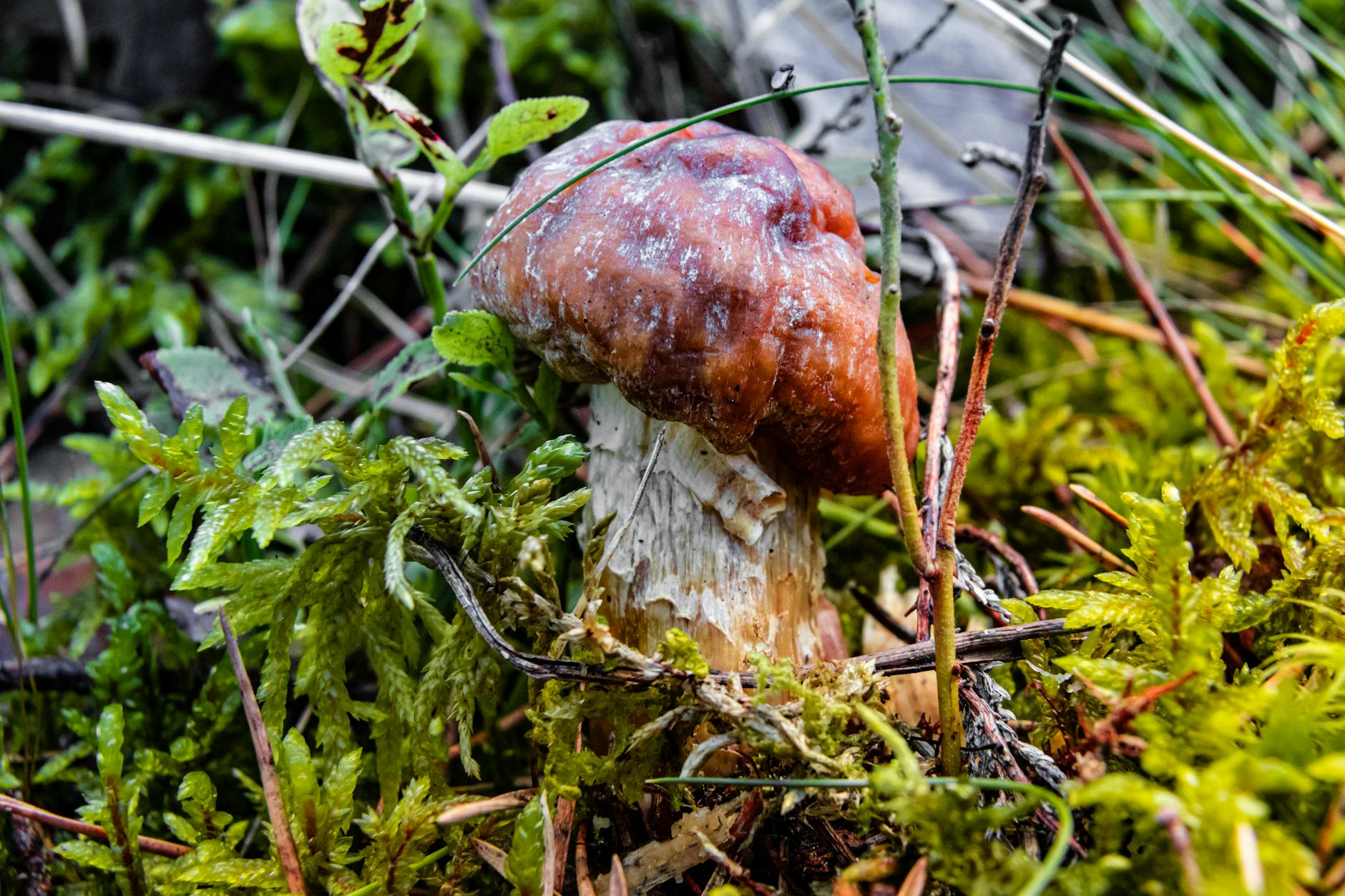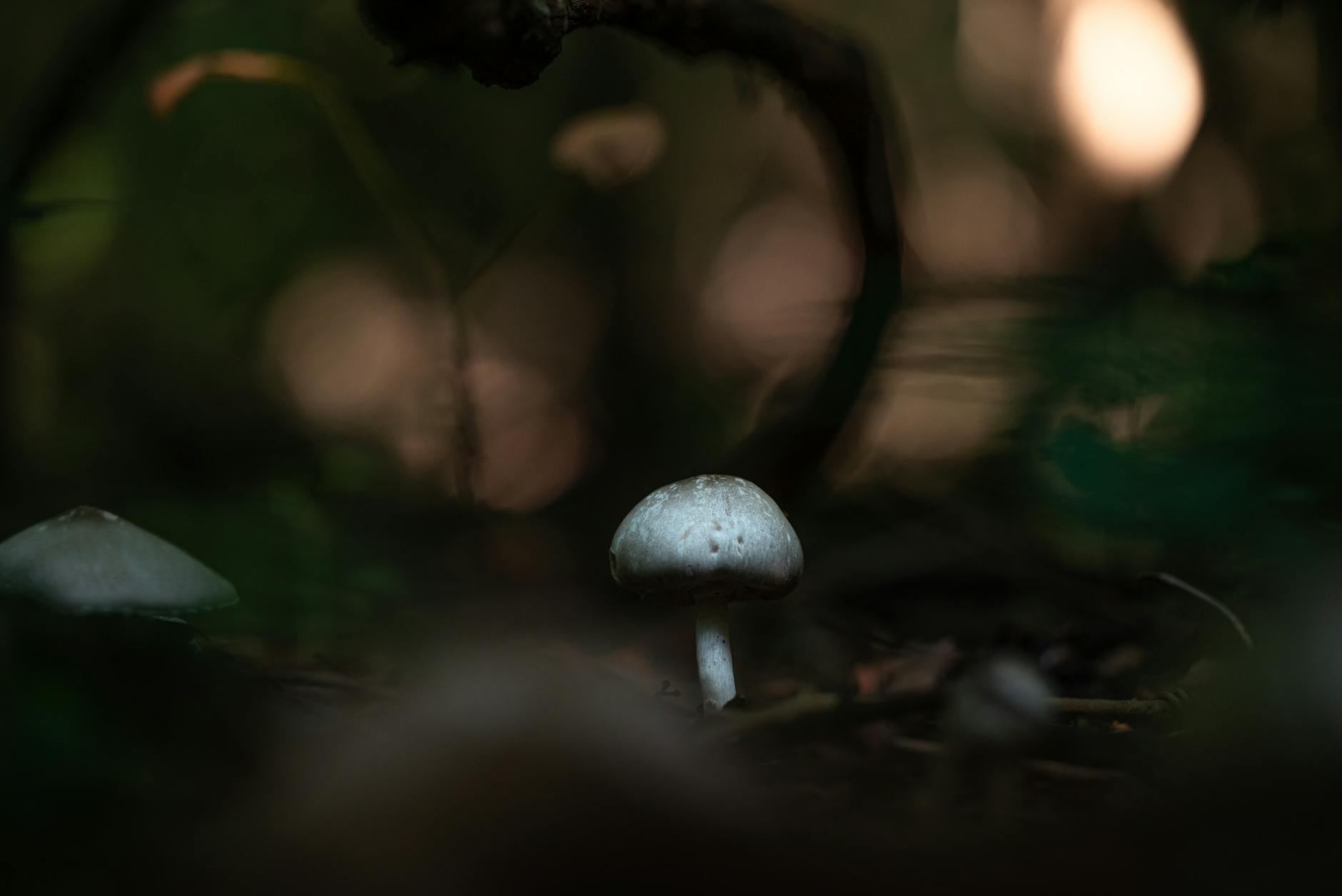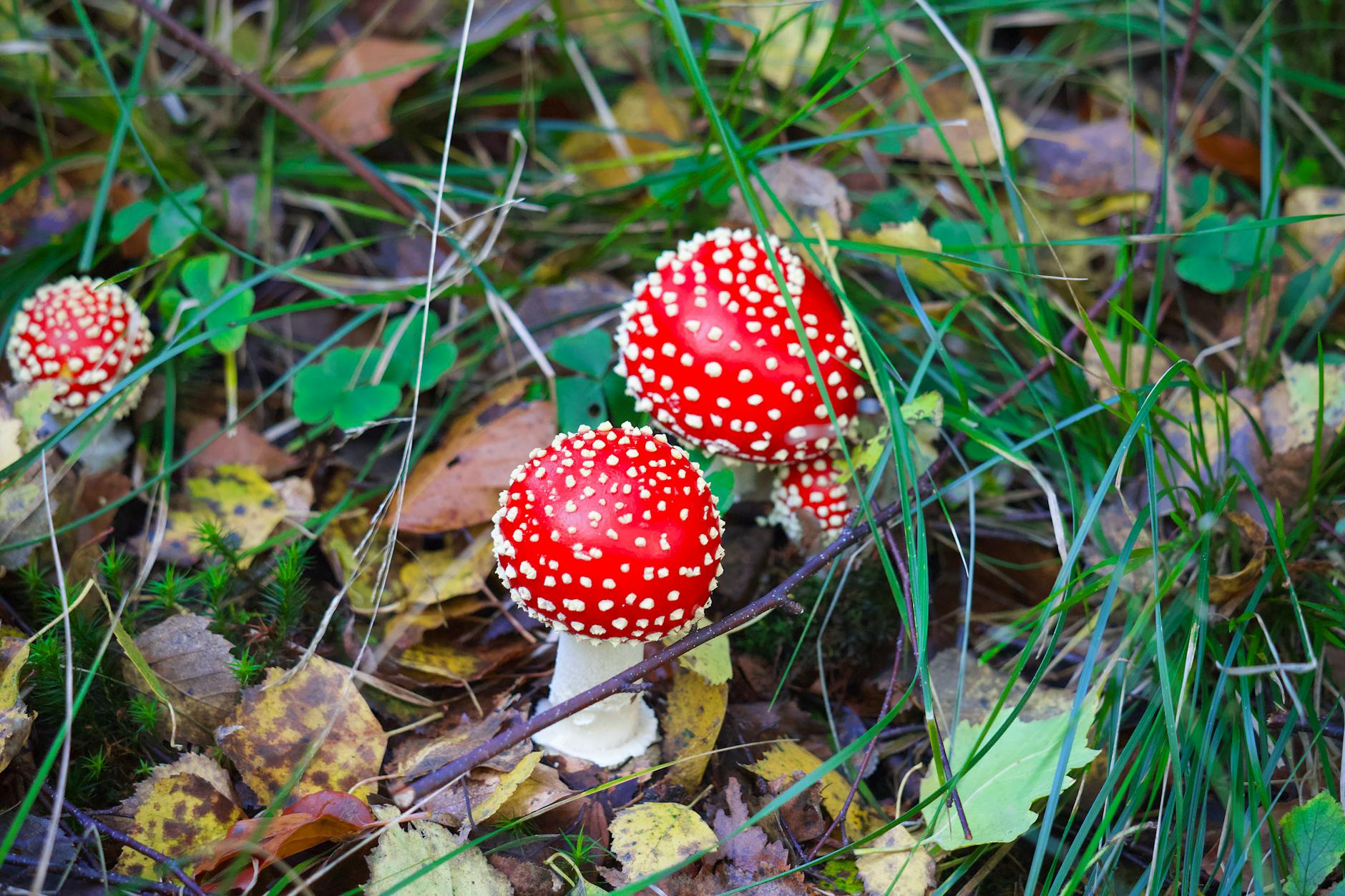Mushroom Identification: Master the Art for Safe Foraging
Mushroom foraging is a beloved pastime for many nature enthusiasts. The thrill of hunting for these fungi in the wild can be exhilarating, but it also comes with potential risks. One of the most crucial aspects of mushroom foraging is proper identification. Without accurate identification, foragers can put their health at risk by consuming toxic mushrooms. In this guide, we will delve into the art of mushroom identification to ensure safe and enjoyable foraging experiences.
Understanding the Basics of Mushroom Identification
Before embarking on a mushroom foraging adventure, it is essential to familiarize yourself with the key features that distinguish edible mushrooms from poisonous ones. Mushrooms come in a variety of shapes, sizes, colors, and textures, making identification a nuanced skill. Key characteristics to look for include the cap shape, gills or pores underneath the cap, the presence of a stem, and any distinctive markings or odors.
Using Field Guides and Apps for Identification
For novice foragers, field guides and mushroom identification apps can be valuable tools. Field guides provide detailed descriptions and illustrations of different mushroom species, helping foragers narrow down their options. Smartphone apps like iNaturalist and Picture Mushroom can also assist in identifying mushrooms by allowing users to take photos and receive instant feedback on potential matches.
Honing Your Observation Skills in the Field
Successful mushroom identification often requires keen observation skills and attention to detail. When foraging, take note of the habitat where the mushroom is growing, the type of tree or plant it is associated with, and any other mushrooms in the vicinity. Understanding the ecosystem and mushroom habitat can offer valuable clues in the identification process.
Seeking Guidance from Experienced Foragers
For those new to mushroom foraging, seeking guidance from experienced foragers or joining mushroom identification walks can provide invaluable hands-on learning experiences. Seasoned foragers can offer insights into common mushroom species, share identification tips, and help newcomers navigate the nuances of mushroom hunting.
Safety First: Knowing When to Walk Away
When in doubt about the identity of a mushroom, it is always best to err on the side of caution and refrain from consuming it. Some toxic mushrooms closely resemble edible varieties, making accurate identification challenging even for experienced foragers. Remember that the consequences of ingesting a poisonous mushroom can be severe, so it is crucial to prioritize safety over culinary curiosity.
Building Your Mushroom Identification Skills Over Time
Like any skill, mastering the art of mushroom identification takes time and practice. As you gain more experience in foraging, you will become more adept at recognizing different mushroom species and distinguishing between edible and toxic varieties. Remember that learning from mistakes and continuously expanding your knowledge will contribute to your growth as a proficient mushroom identifier.
Conclusion
Mushroom identification is a fundamental aspect of safe and enjoyable foraging. By understanding the basics of mushroom features, utilizing field guides and apps, honing your observation skills, seeking guidance from experienced foragers, and prioritizing safety, you can enhance your ability to identify mushrooms with confidence. With practice and perseverance, you can master the art of mushroom identification and embark on rewarding foraging adventures in the natural world.


